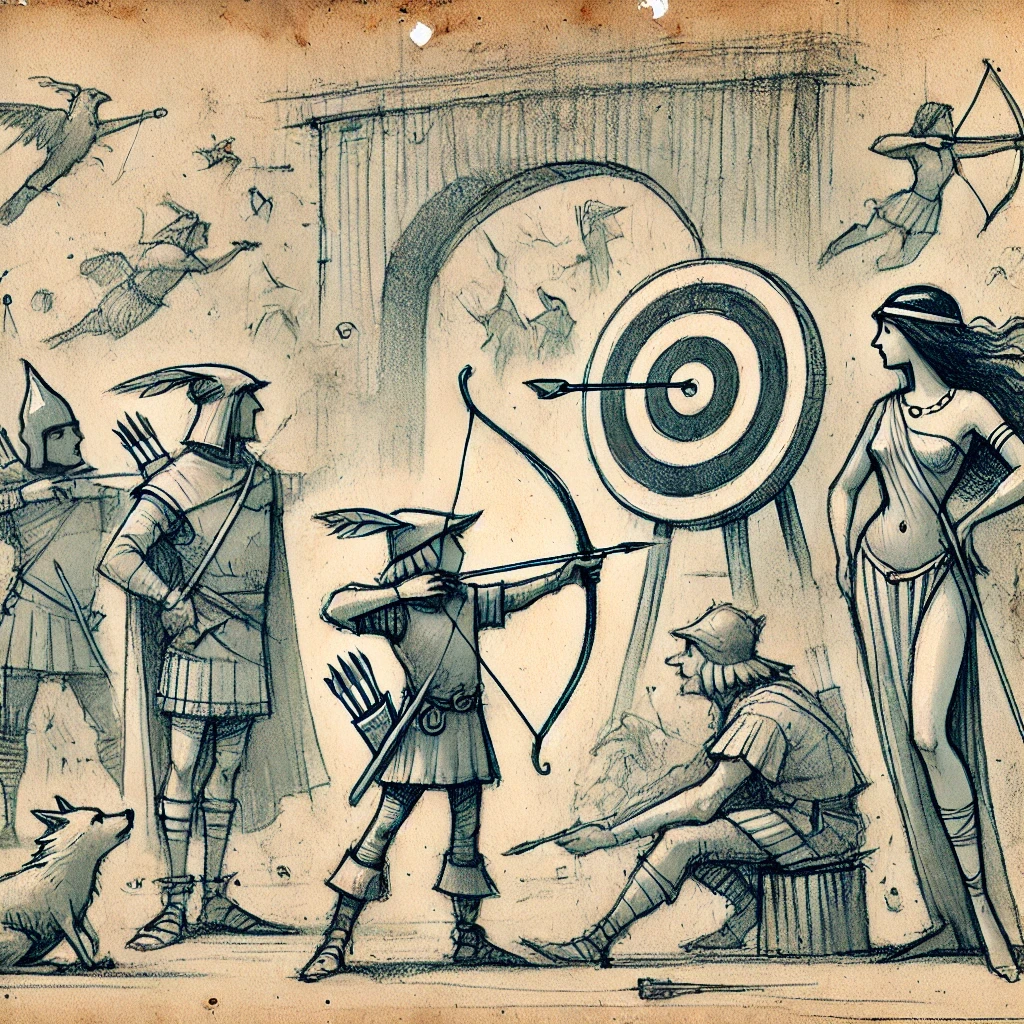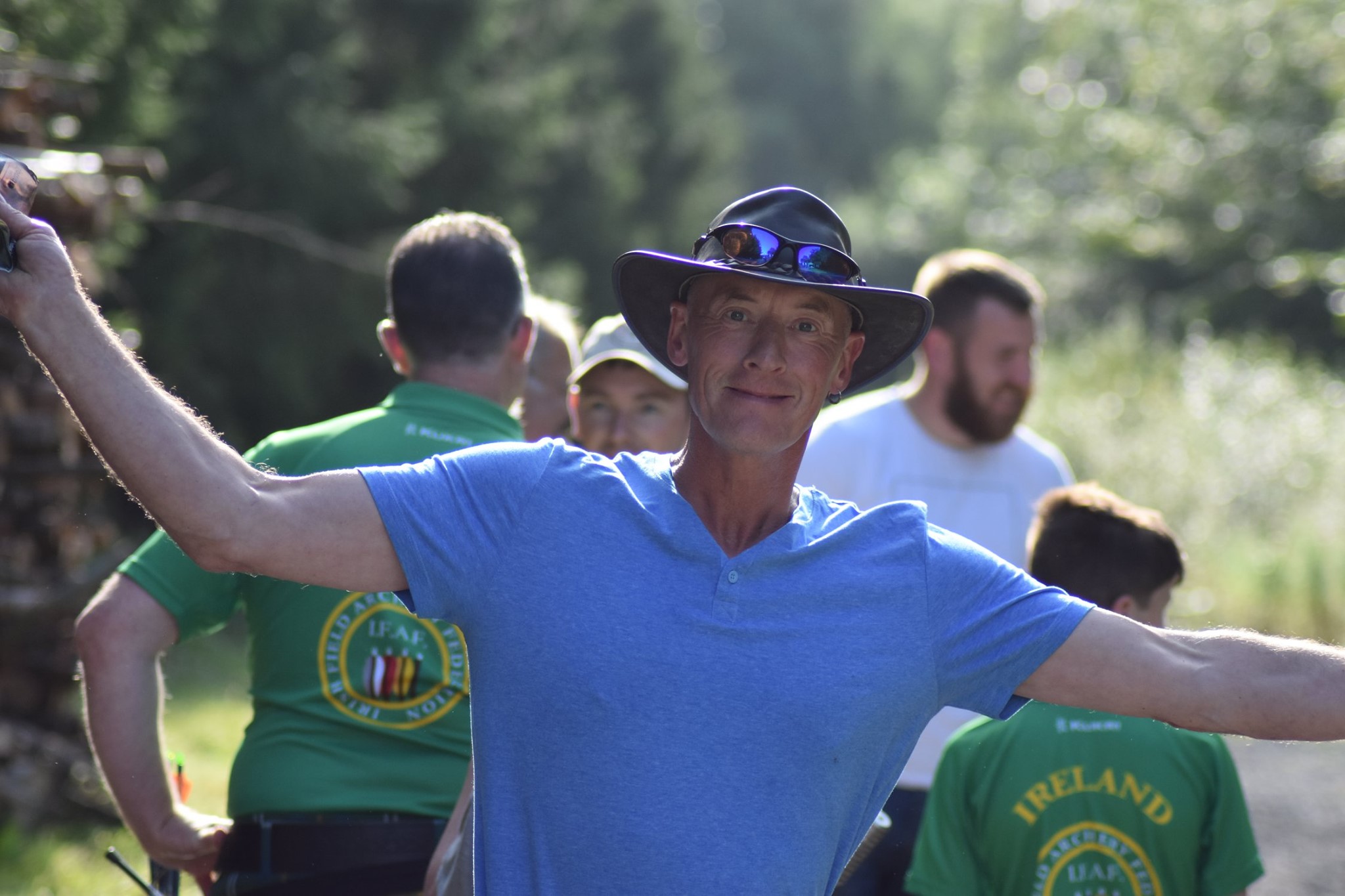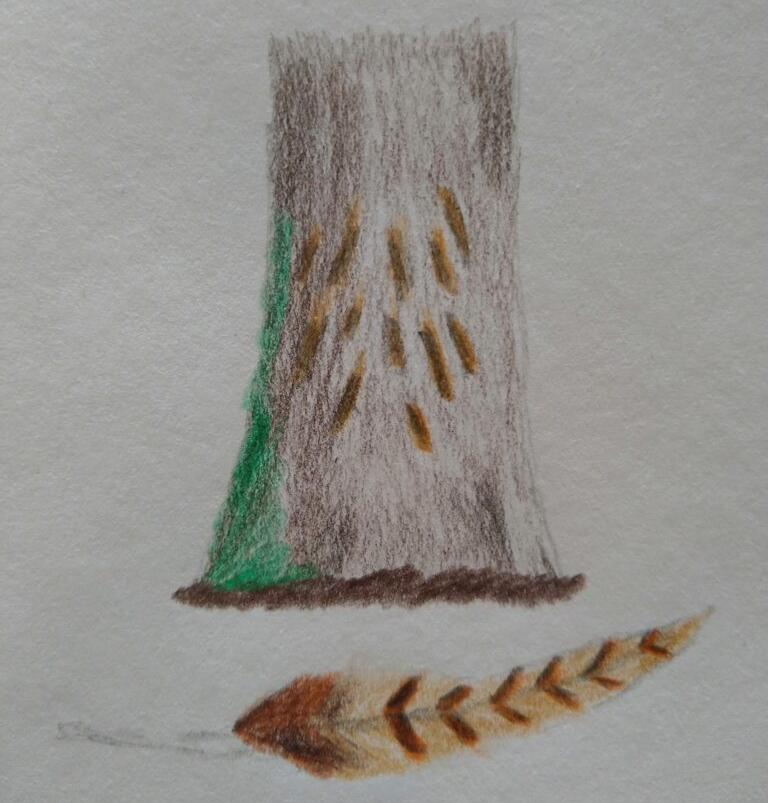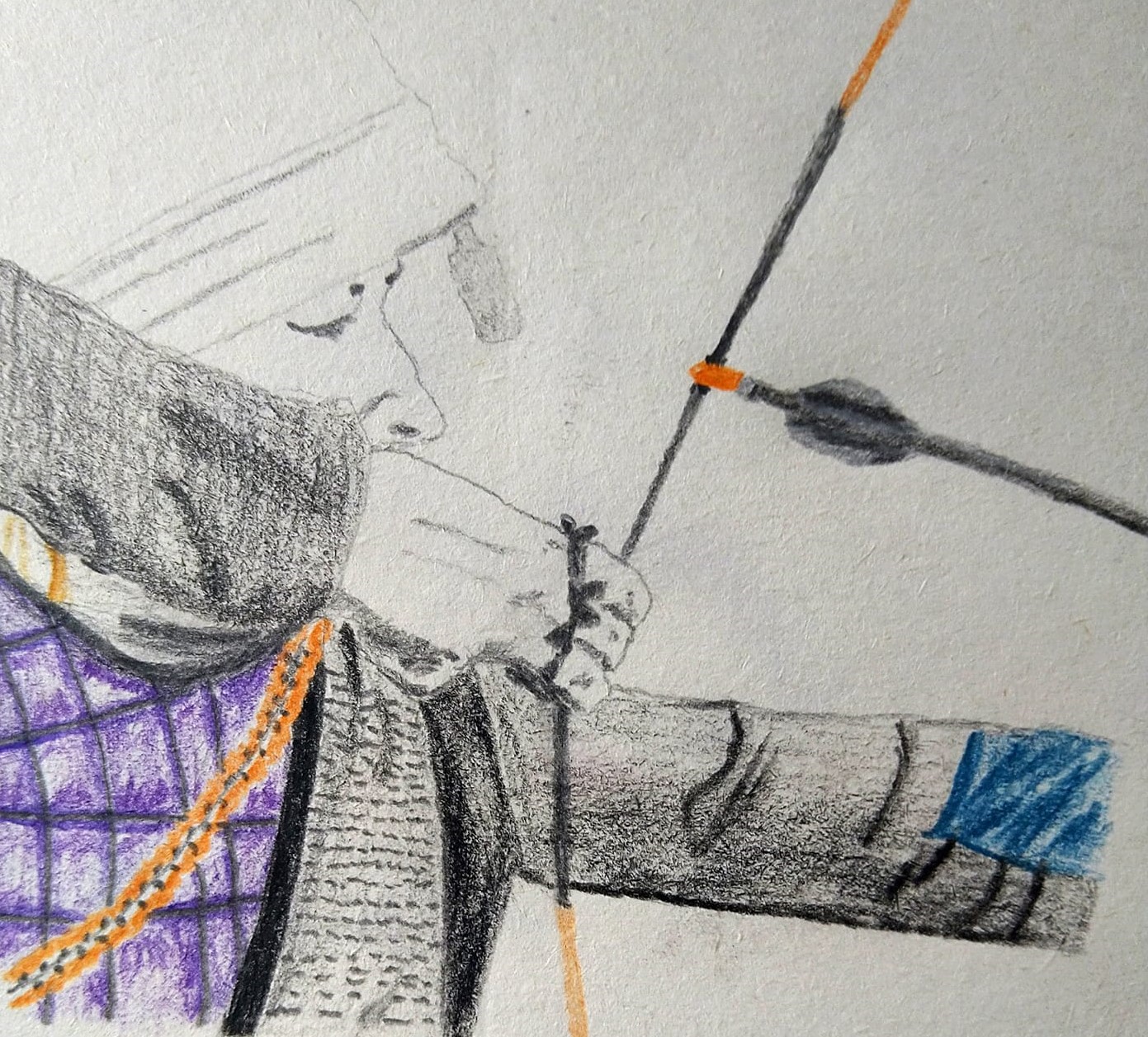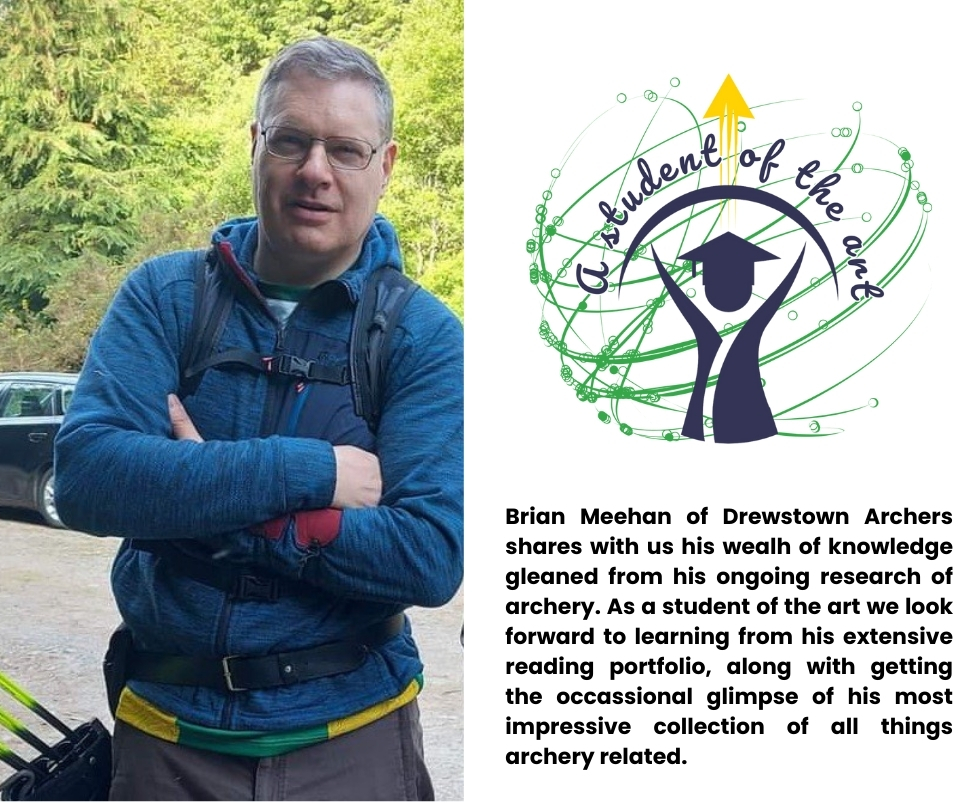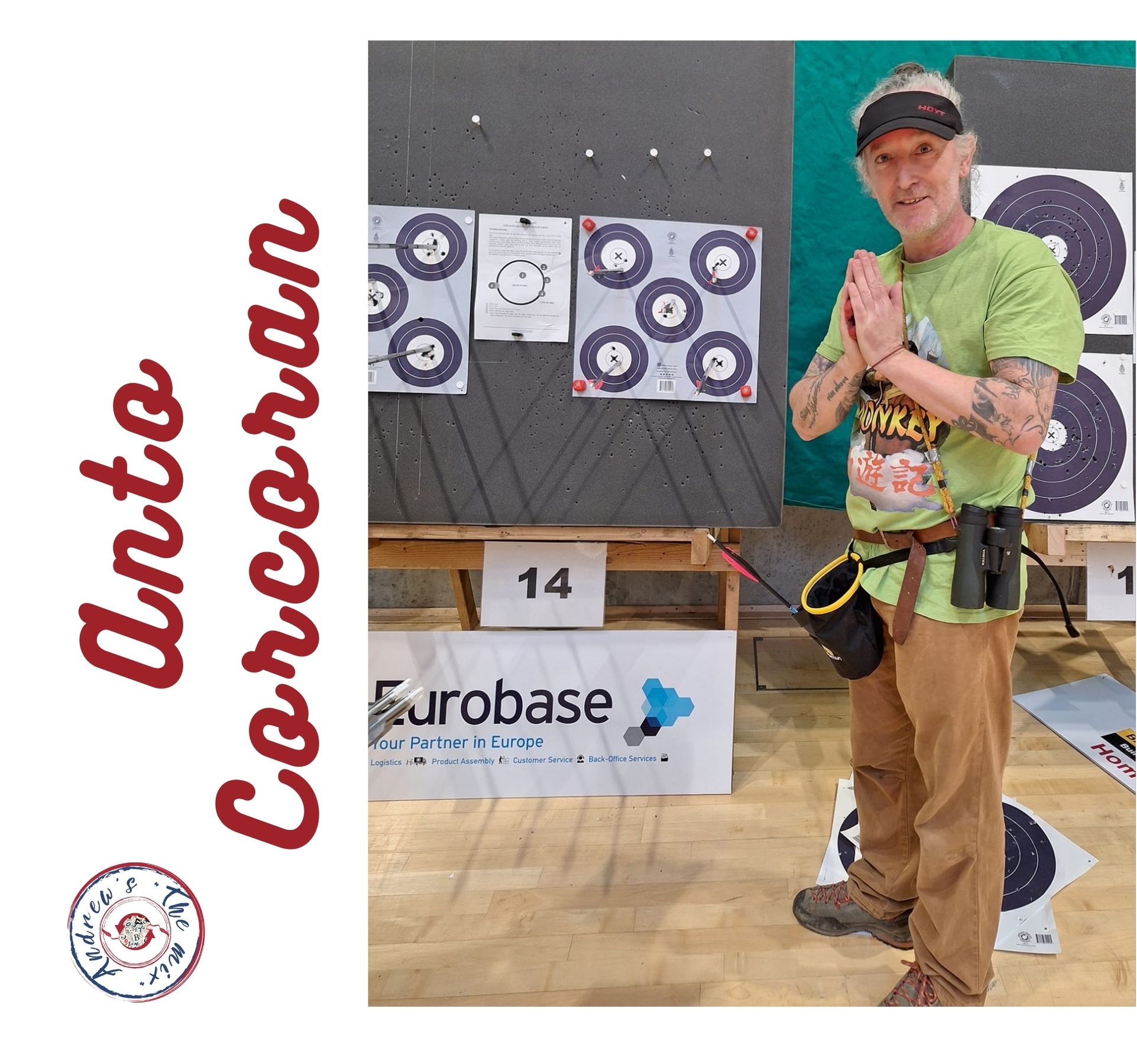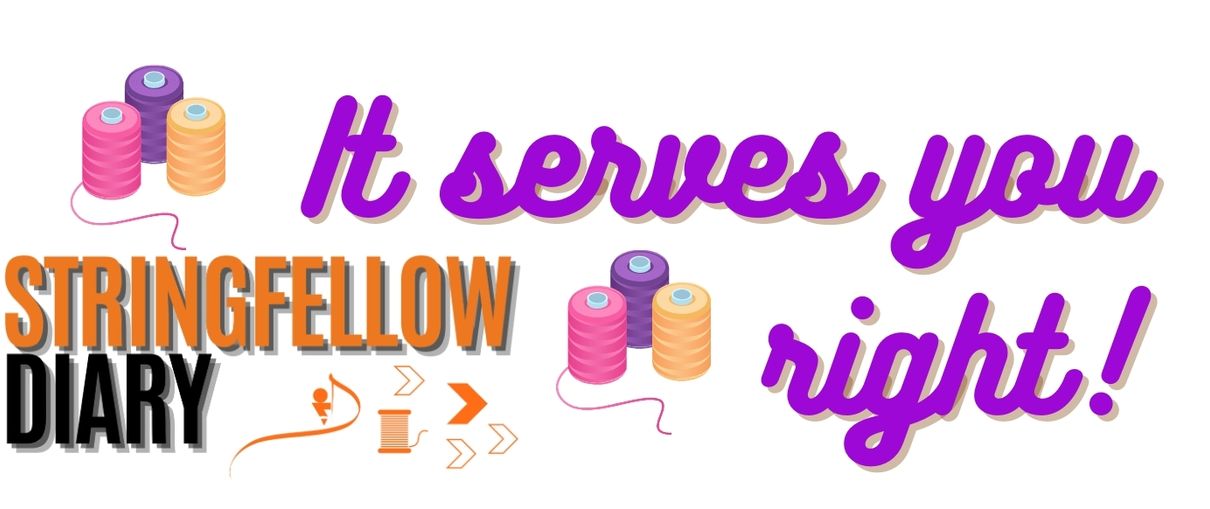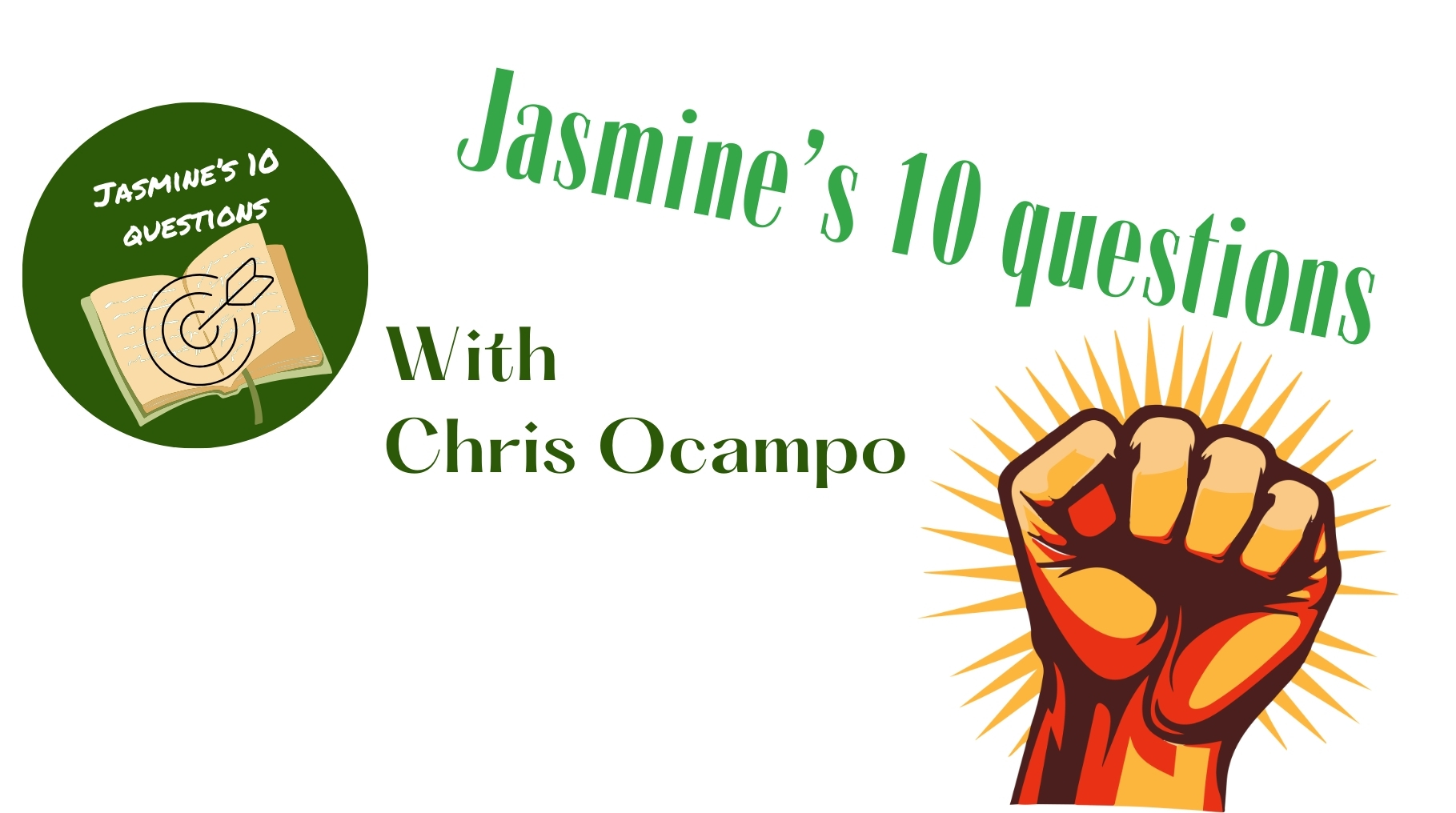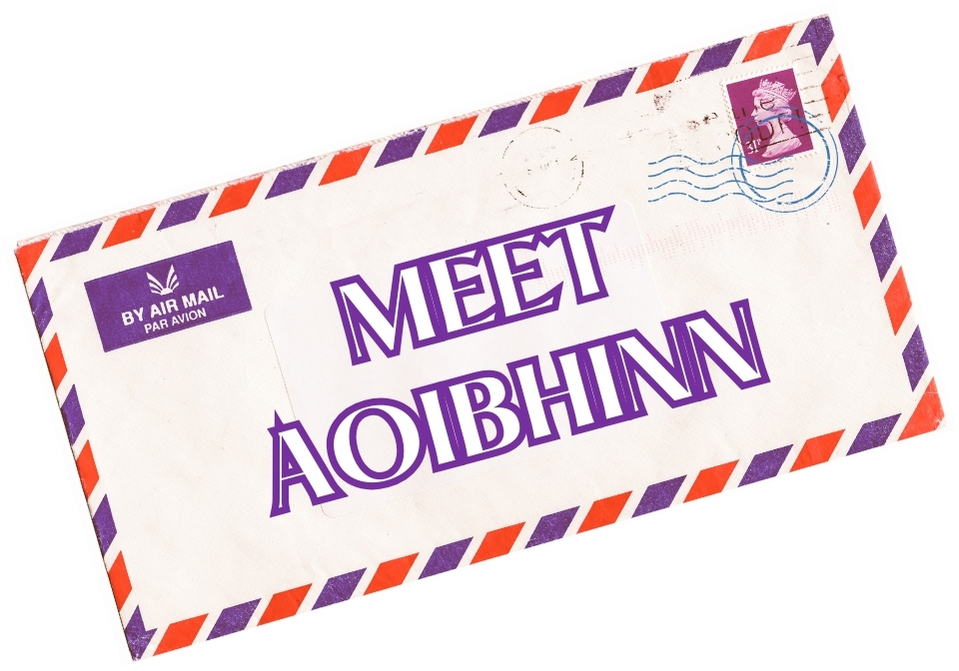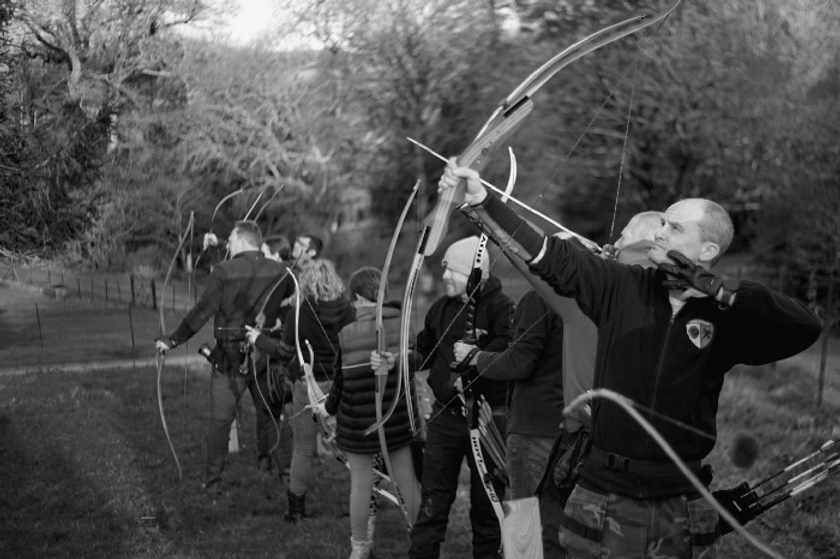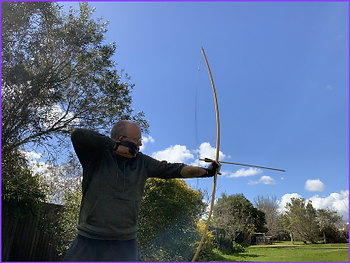
By Roger Marsh
I took up the sport of archery eight years ago, at a time when two of my sons were becoming intrigued by the sport. However, I did not dedicate serious time to learning the skills until 2019, as I was in the process of leaving the Australian Army. We had a lot going on in life at the time, and I decided I wanted to take a break from my usual sport of rifle shooting, and try something that was entirely different. I was also starting my journey as a full-time author, so it was important to have the regular physical outlet that kept me going outside into the fresh air at regular intervals, with my eyes focusing on the distance, instead of a nearby screen. The first bow I tried back in 2015 was a recurve bow belonging to a friend, and I eventually purchased a recurve, and then a compound bow. These were both excellent implements, and the compound bow had a sighting system that was familiar to a person familiar with using a rifle fitted with peep sights. Furthermore, both of these bows helped cement some of the rudimentary techniques of my new sport. However, being of mainly Welsh descent, I had yearning for using a traditional longbow (as distinct from the flat bows that tend to get called longbows), so after another six months I purchased a 40 pound bow made of hickory, and began to wrestle with how to develop consistent shooting with this rather taxing piece of wood.
Most of the archers I knew had definite opinions on shooting longbows, which usually included words along the lines of: “Don’t do it, they’ll drive you mad.” It was an implement that they viewed with a respect born more of apprehension than admiration. However, as I considered that I was already mad, then there didn’t seem to be anything much to lose if I pushed my sanity a little further. My initial attempts at shooting the longbow were fun in a way, but only if my definition of fun included missing the target a lot and searching for lost arrows. However some YouTube clips, finding a couple of kindred longbow spirits, and general trial and error brought me to a point where I could hit the foam cube target consistently at 10 metres. I knew full well that longbows were not originally employed as a precision weapon, but instead more like a machine-gun in a defensive fire mode, in that they were used in massed groups to make it difficult for enemy forces to traverse a particular stretch of ground. This fact notwithstanding, I decided that I could do better, mainly because I am terminally stubborn and unreasonable. It was at this point that my background in rifle shooting proved helpful, and in particular, the four marksmanship principles. These are as follows: The shooting position and hold must be firm enough to support the rifle. The rifle must point naturally at the target without any undue physical effort.

Sight alignment and sight picture must be correct. The shot must be released and followed through without undue disturbance to the position. As I turned these over in my mind, the first thing that I realised was that the sheer bio-mechanical variability of archery was much higher than for rifle shooting. However, I set about adapting these principles in an effort to build consistent technique in my draw cycle; and in particular, where I was holding the the bow and arrow when I was at full-draw. After realising that I also needed to avoid gripping the bow too hard, I then practised following through after each shot, and over time tried to master the successive aspects of archery technique. Dealing with sight picture and sight alignment on a bow that had no arrow-shelf and no sights was tackled by more trial and error (with much heckling from people who said I should just use a compound bow); and after many trials, multiple errors, and a whole lot of broken arrows, I managed to cement a technique that I could then burn into my brain by means of practice. It is not anything very ground-breaking or cool; rather I learned that there was an alignment of eye, bow, arrow and target that meant I was on target. Some people have asked if I practice instinctive archery, and if by that you mean practicing until it is second nature then I guess it kind of is! Over time I discovered that my biggest challenge in using a longbow was stopping myself from rushing the shot, and thereby undermining the technique I had developed; so I then set about trying to slow myself down. Again, my life in the Army came in useful, as much military training involves using catchphrases and the use of counting to keep time, so I decided to try this as a means of making my timing more consistent. Now if you were to put a microphone near my lips as I shoot, you would hear something like this “Draw … anchor … see, two, three, release.” (The word “see” denotes when I have the right visual alignment for an accurate shot). It does not take long before the shot is loosed, though in any case I had discovered earlier that longbows were not the nicest things to hold at full-draw for any length of time. Out of the four marksmanship principles I eventually developed my principles of archery, and they are as follows: The shooting position and hold must be sufficient to support the bow. The bow must point naturally at the target, without any undue physical effort. The shoot process, and alignment of eye, bow, arrow and target must be consistent and repeatable. The shot must be released and followed through without any undue disturbance of the position. While these have been of great use to me, there is substitute for practice, for it is the fire in which technique is tried, tested and confirmed.
It also helps to have a bunch of mates who will heckle you at any opportunity, and provide feedback that can be constructive, destructive or just downright obnoxious. After one hot, dry Australian summer, my first longbow developed cracks, so after faithfully seeing me through the formative time of using a longbow, it was replaced with a 50 pound bow of the same wood. The Australian weather can play havoc with some traditional bow-making materials, especially yew; so hickory, some types of oak, and also elm tend to be preferred. I still have my other bows, and I still use them; especially the recurve. With its arrow shelf, and precise laminate limbs, it is far easier to shoot accurately than a traditional longbow, and were I to compete regularly, it would be a far more sensible choice of bow. However, I did not start archery to be sensible; rather, it was to drive myself to learn a new skill, and I have found that there is an elemental satisfaction in the demanding symphony of mind, soul, and limb involved in shooting a longbow.
Roger Marsh is married with children, and lives in Australia. After his military career he became an author. You can following his writing and archery on Instagram by searching @rogermarsh_author.







